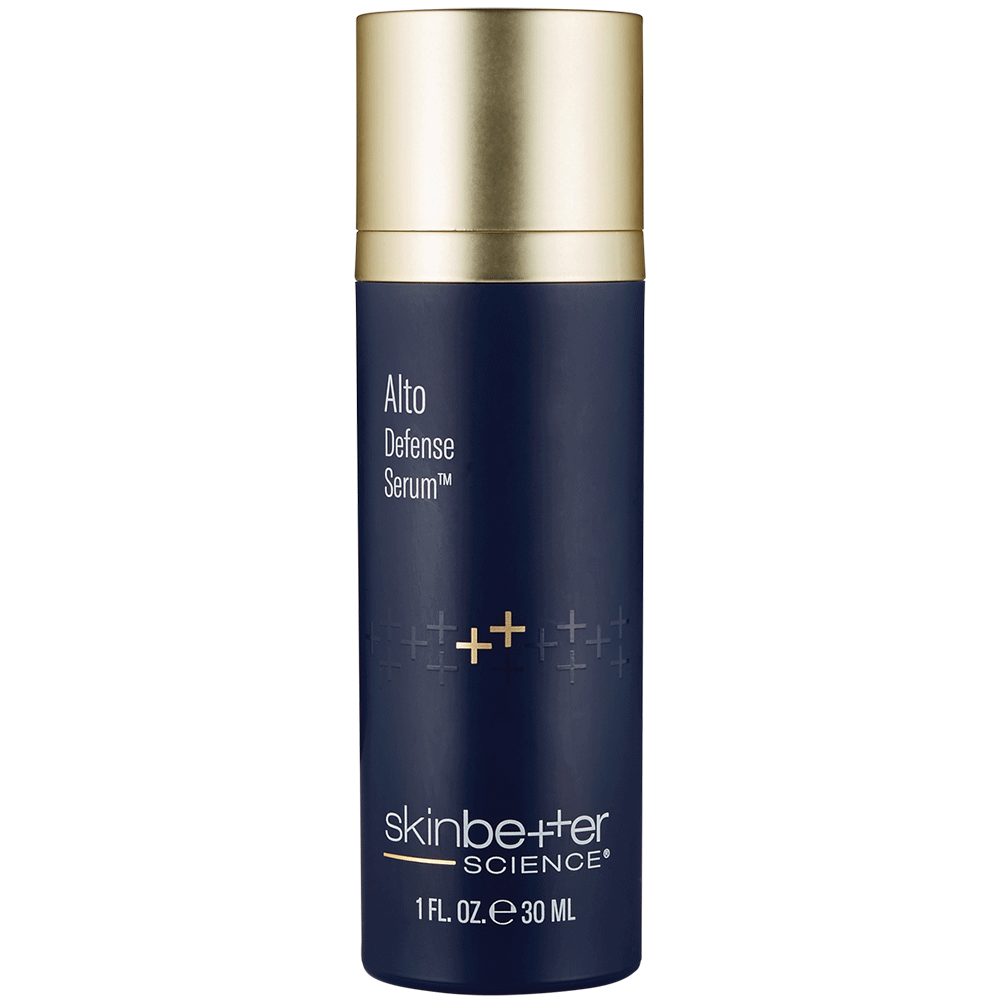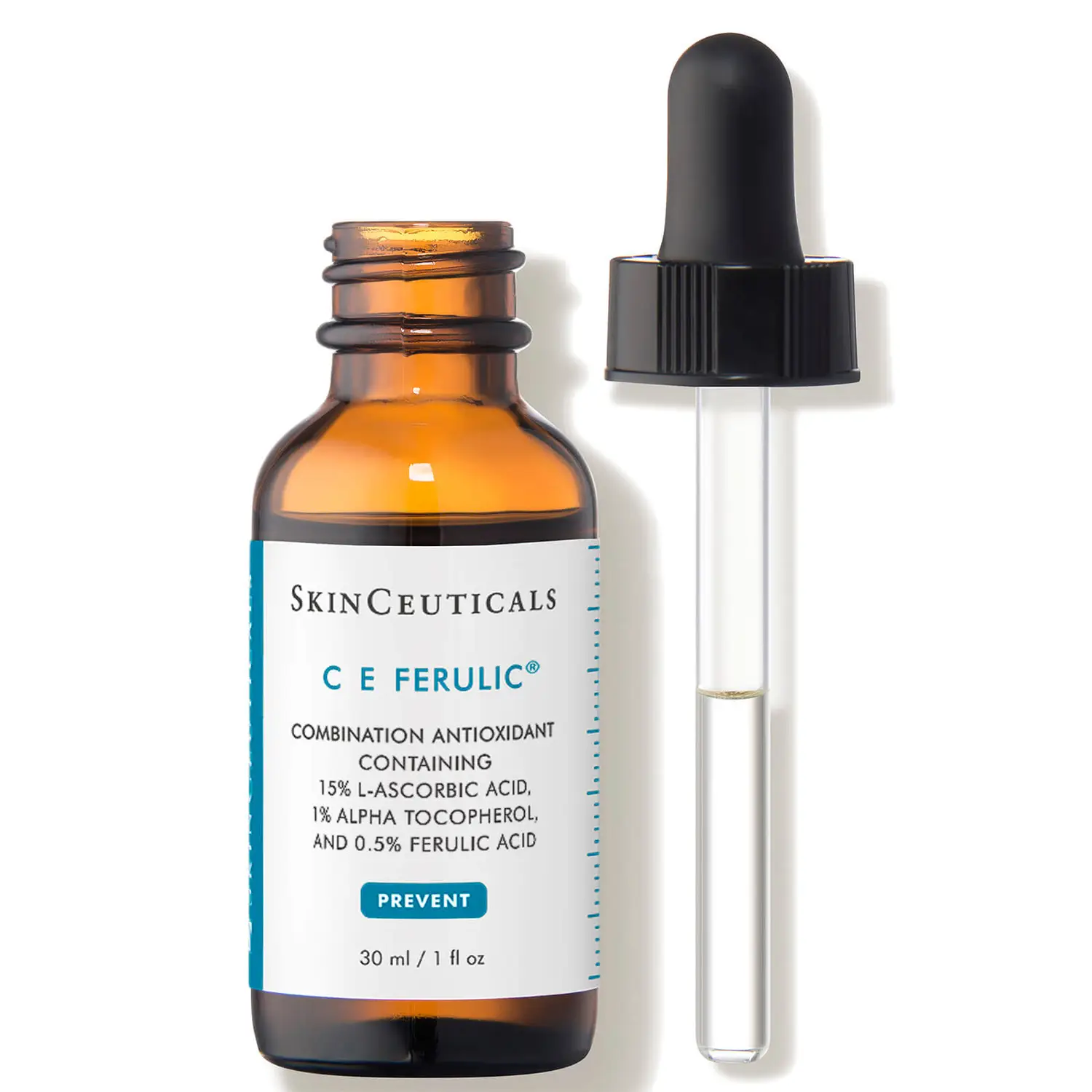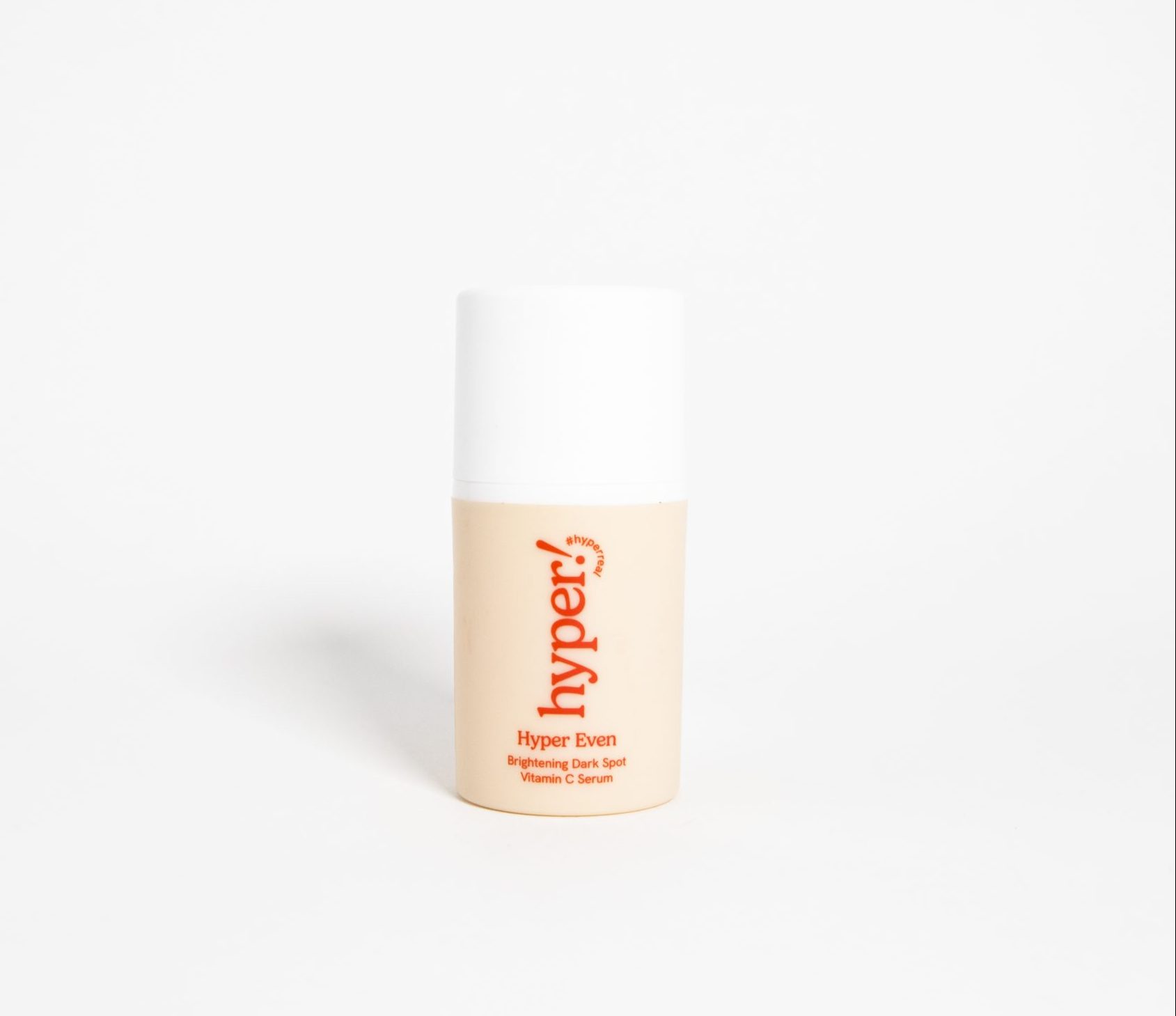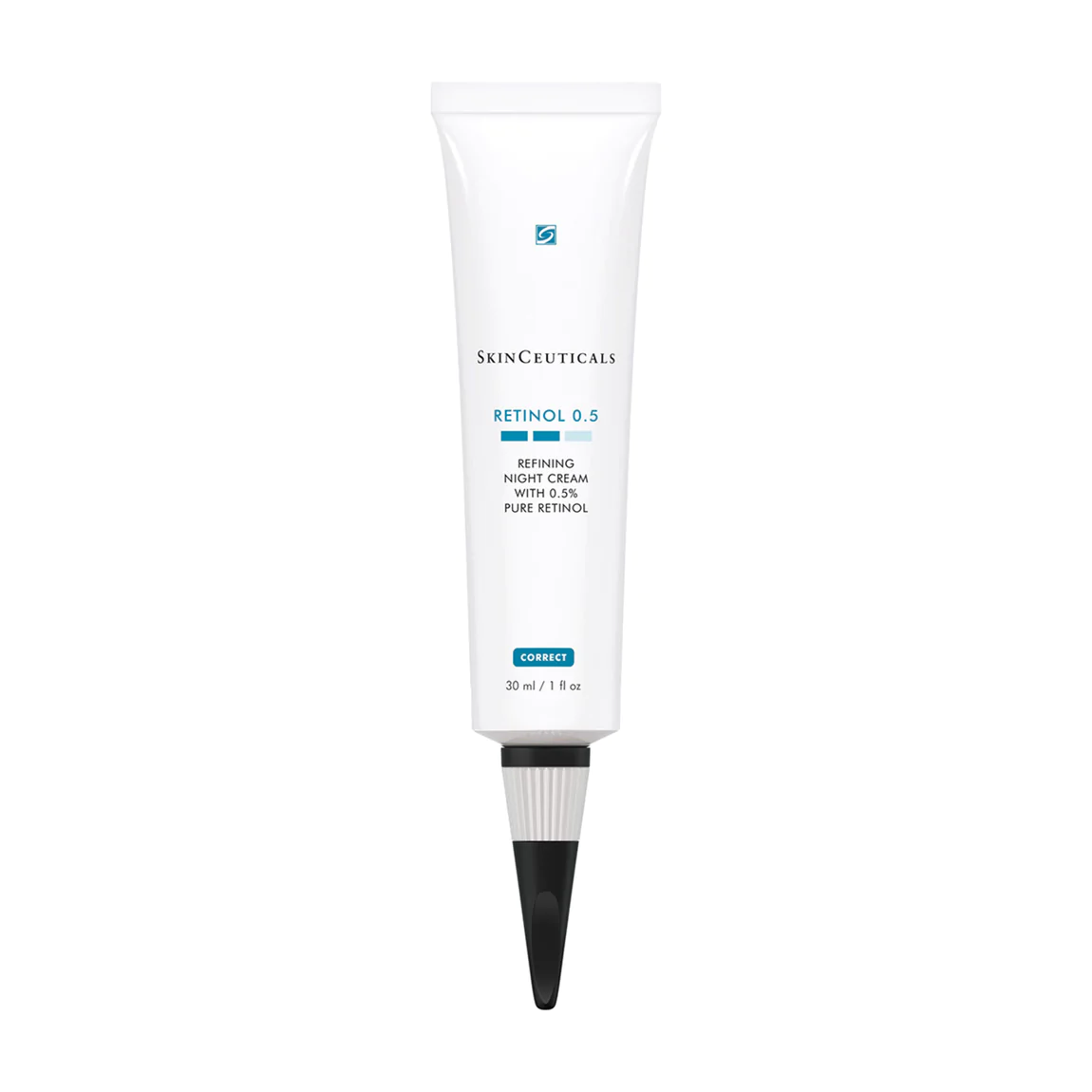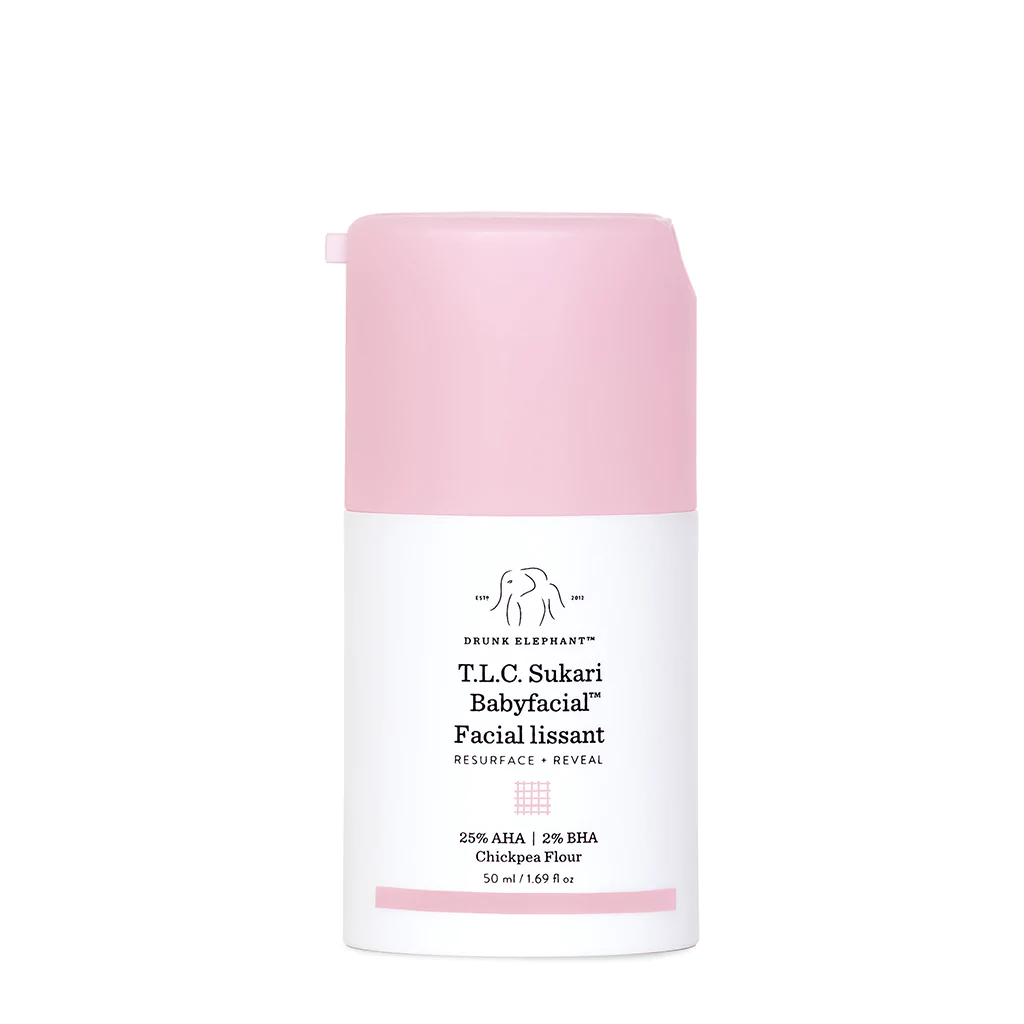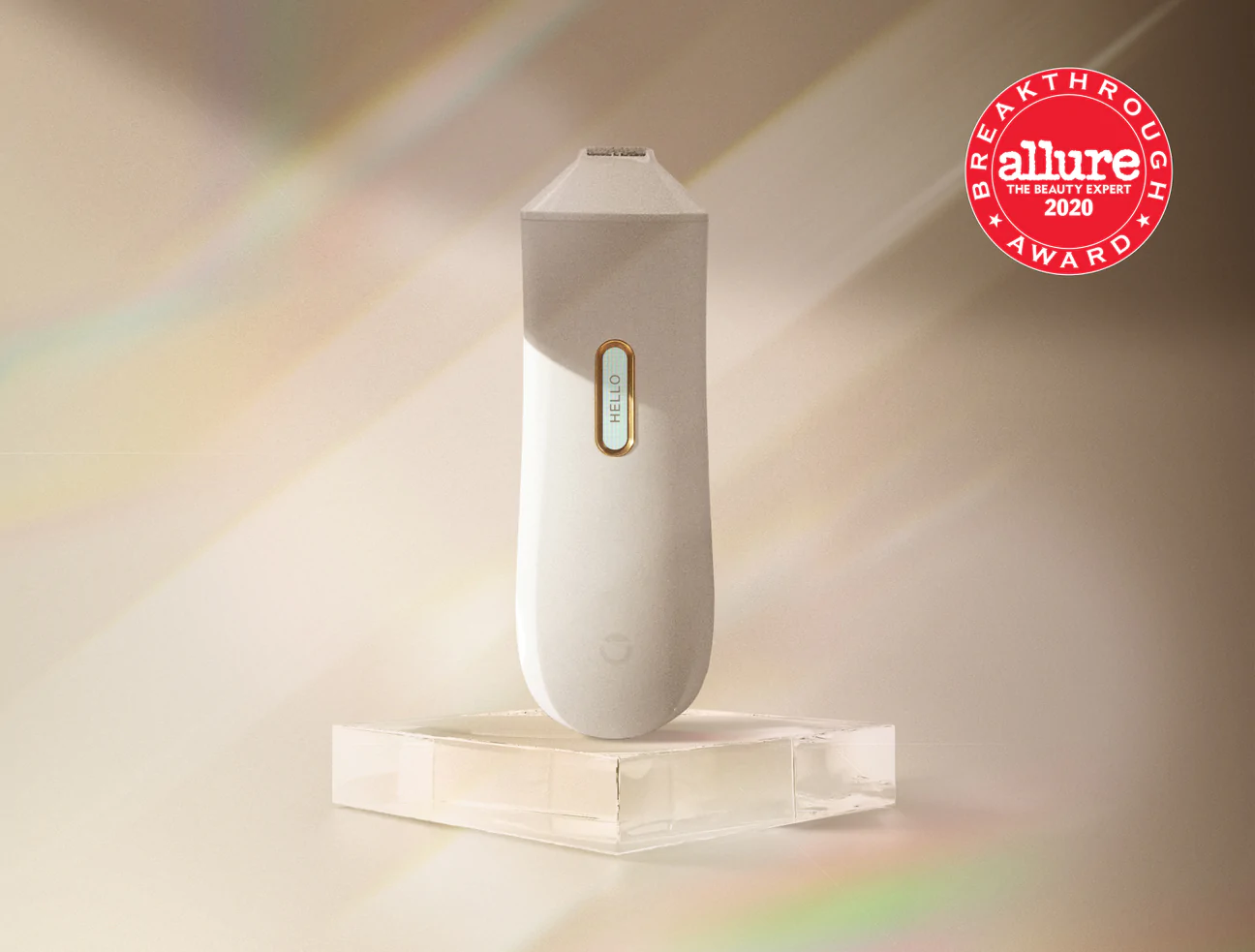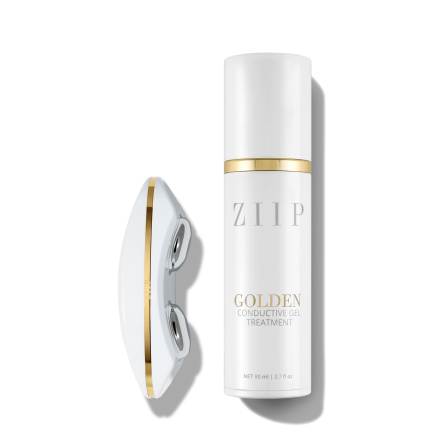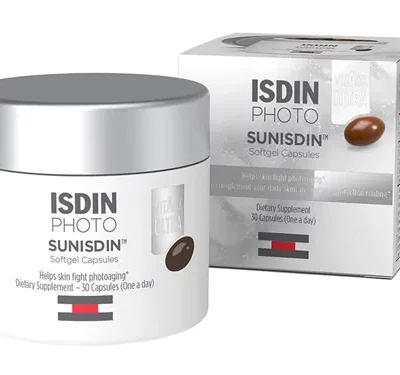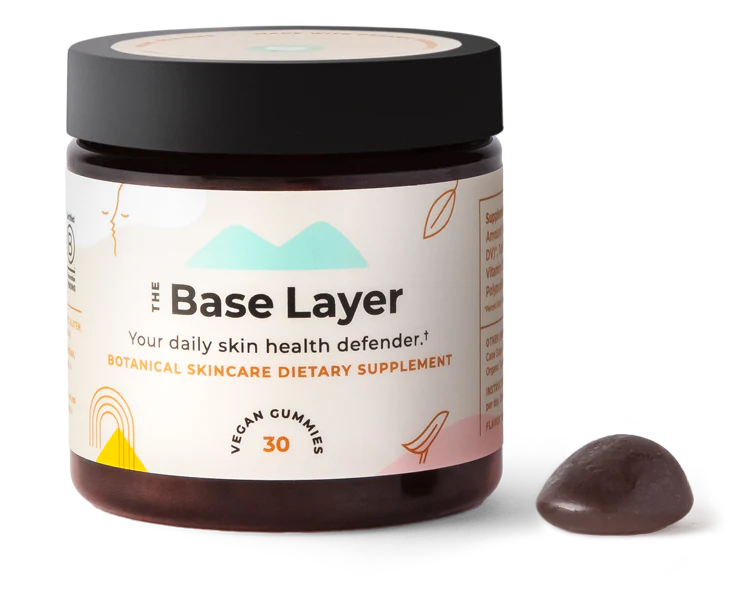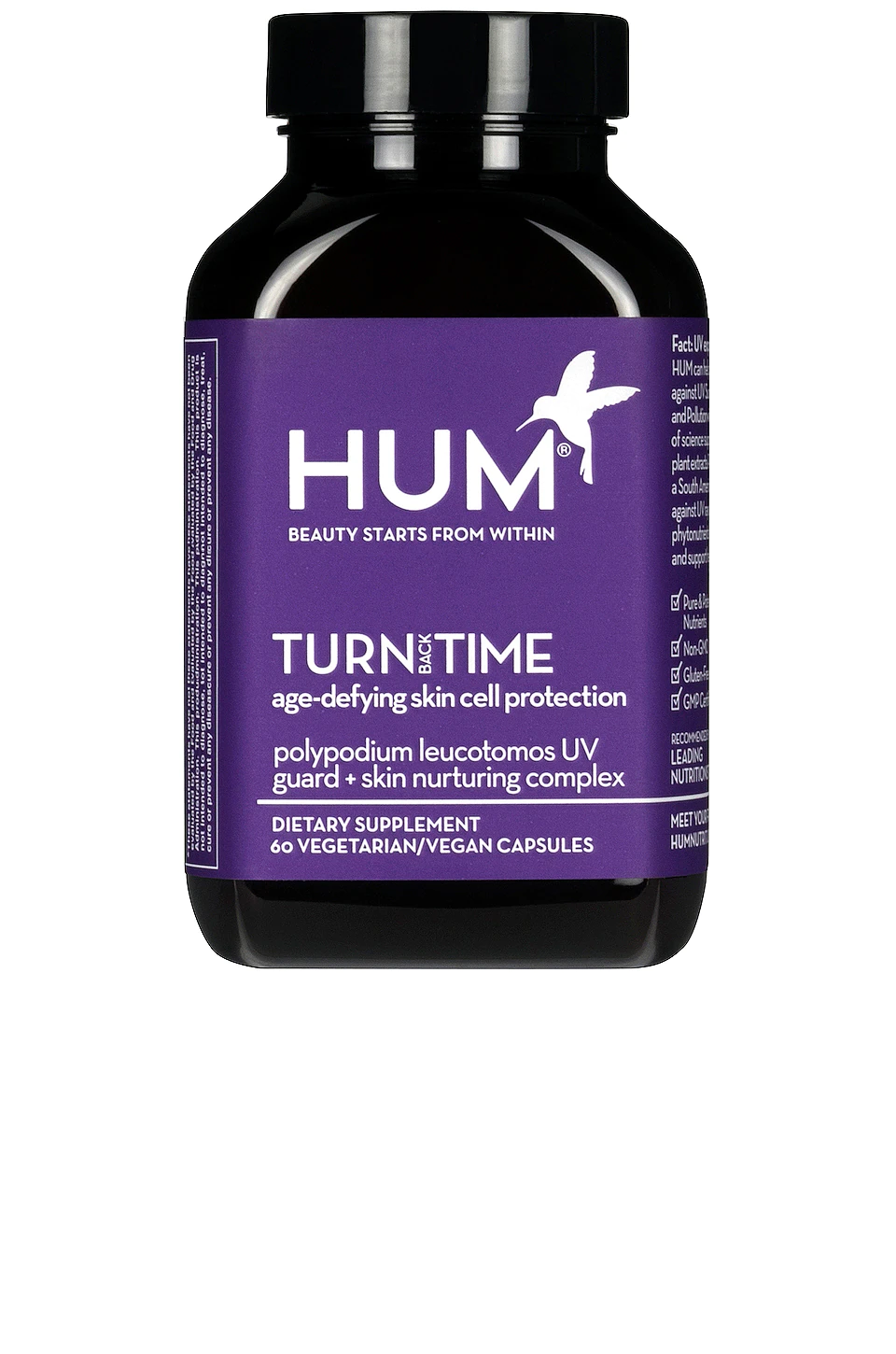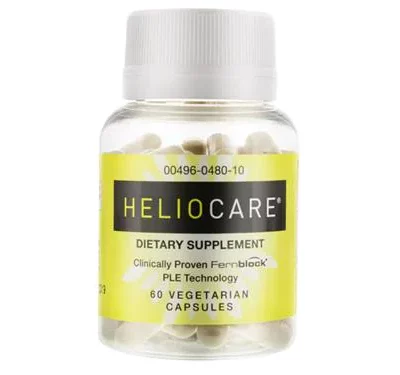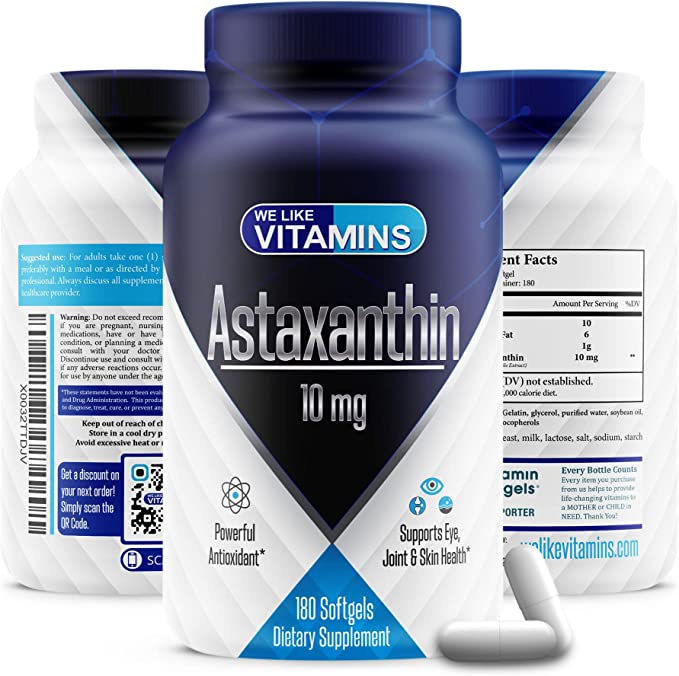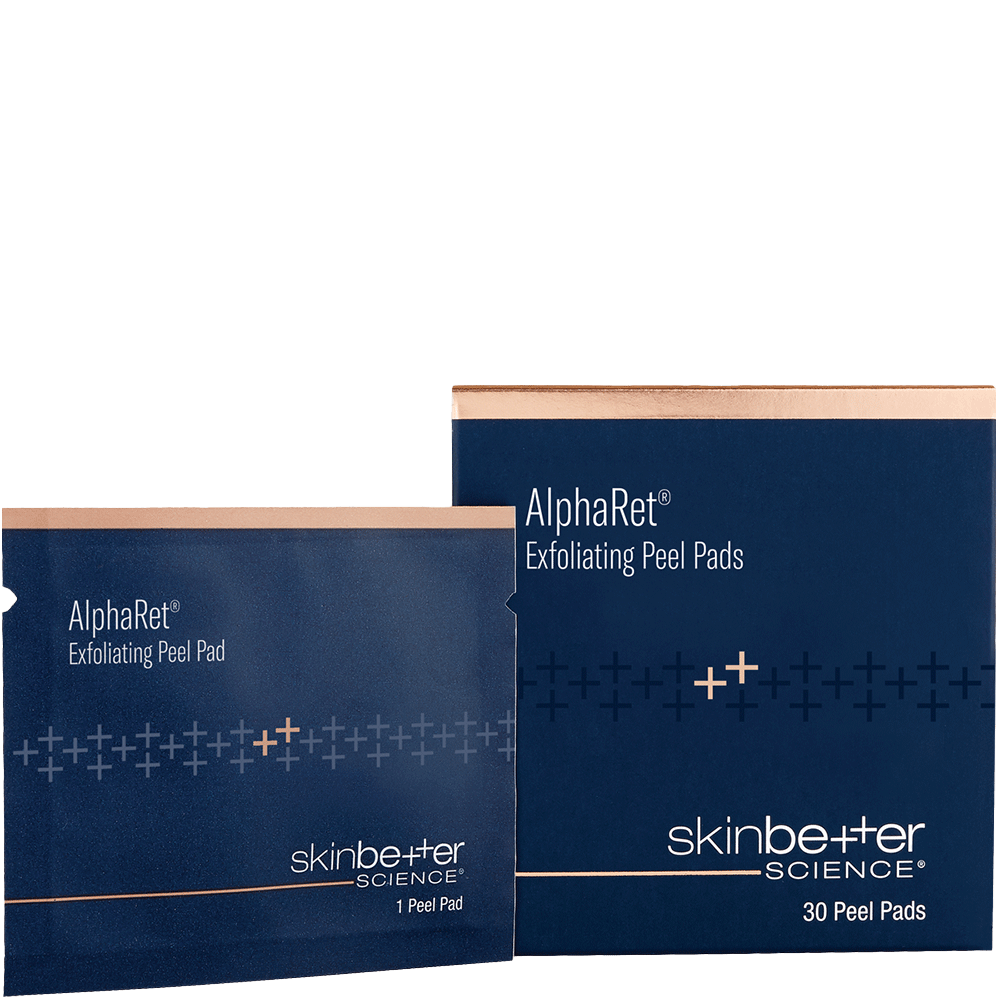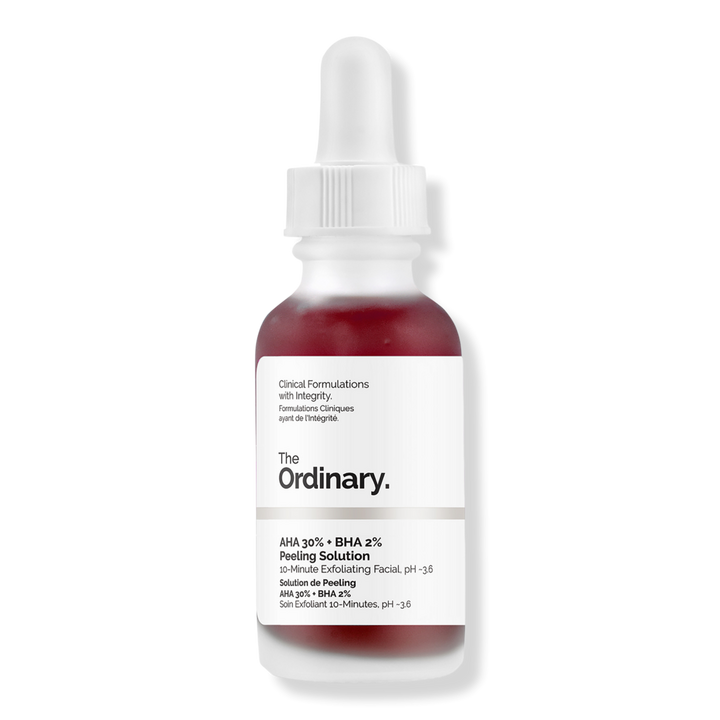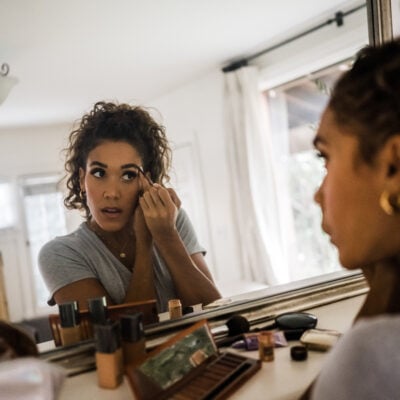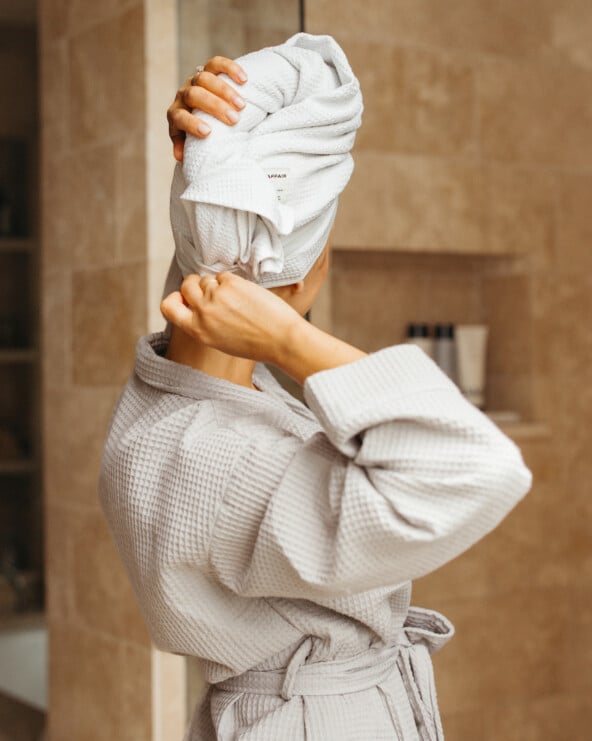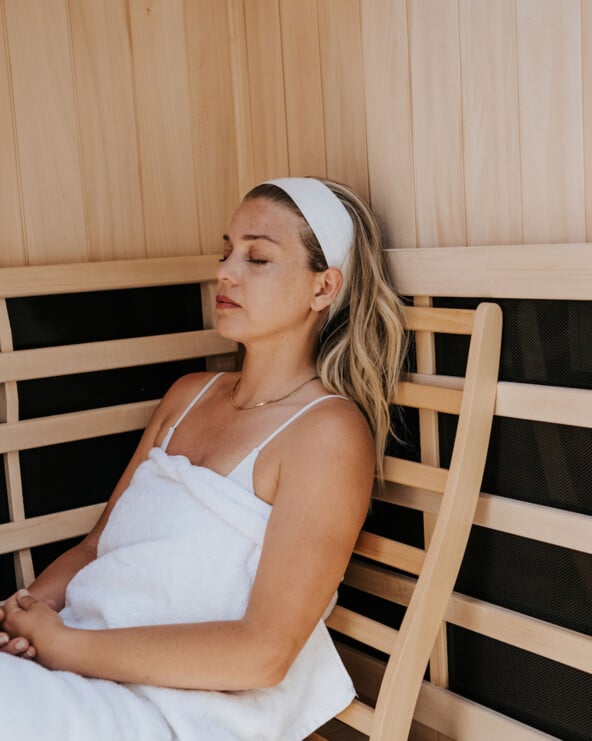Despite our best efforts, intentions, and wide-brimmed hats, sun damage happens. It’s a natural side effect of a summer well spent, but the long-term downsides (photoaging, hyperpigmentation, and skin cancer) should be taken seriously. The good news is that a variety of products, tools, and treatments could reverse the work of harmful UV rays, answering the all-important question: how to repair sun-damaged skin.
After months of long summer days spent outdoors, we tapped three board-certified dermatologists—Seattle-based dermatologist and founder of Doctor Rogers Restore, Dr. Heather Rogers; Dr. Elizabeth Geddes-Bruce of Austin’s Westlake Dermatology; and Dr. Bruce Katz, director of NYC-based JUVA Skin and Laser Center—to learn how to repair and prevent sun-damaged skin.
“I want people to live their lives,” says Dr. Rogers. “You’re going to have some fun and get some vitamin D, but then you say, ‘I’m going to be better in the fall, I’m going to get a laser, I’m going to use my Vitamin C and A.’ We all make a few mistakes, drink a few too many cocktails, or stay out in the sun too long, but then we have to clean up summer.”
From wallet-friendly serums to the best laser treatments, thankfully there are doctor-approved, effective ways to help heal post-summer skin on any budget.
Featured image by Michelle Nash.


Take Your Vitamins
In terms of arming your skin against the sun, your morning beauty routine should be devoted to prevention, while your nighttime ritual is the perfect time for correction and damage reversal.
“In my dream world, every single person on this earth would apply a minimum of 10% vitamin C serum on their skin every morning,” Dr. Rogers advises. “Follow that with a moisturizer and then at least a 10% zinc-based sunscreen. Vitamin C is going to brighten the skin and help promote collagen production. Apply from your forehead right down to your décolletage.”
At the end of summer, most people will be dealing with oily skin and clogged pores—conditions primed for cell turnover at night. Dr. Rogers is a huge proponent of tretinoin, a prescription-strength vitamin A often used to treat acne. “It’s going to promote cell turnover, make pores smaller, correct sun damage, decrease your risk of making skin cancer, build collagen—it’s the gold standard,” she stresses. For over-the-counter alternatives, a good 0.25 or 0.5 retinol before bed should be comparable.

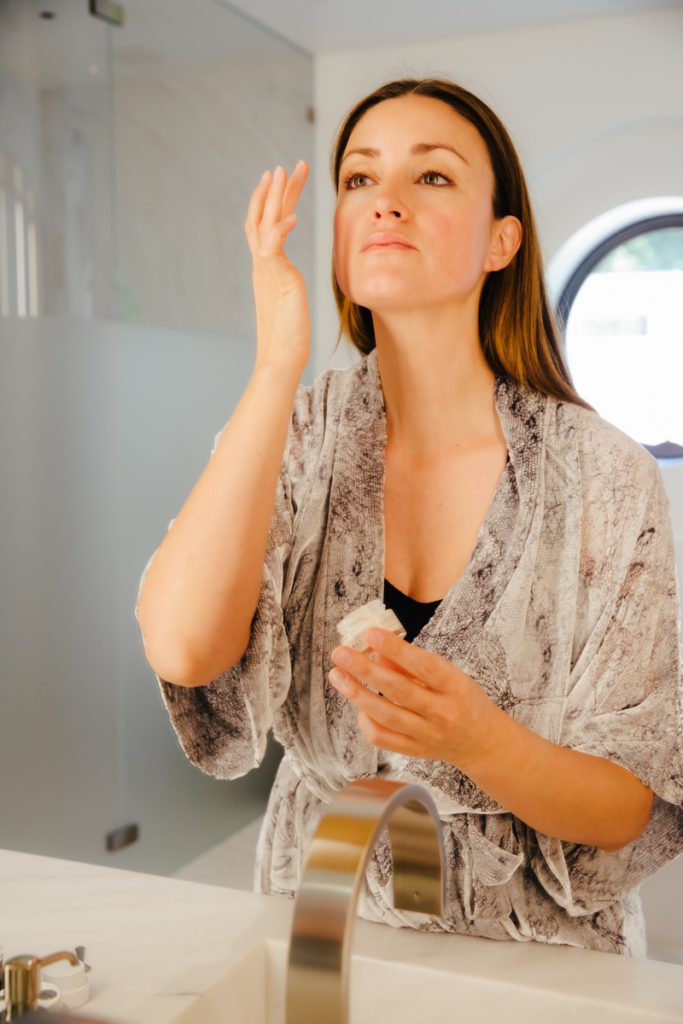
Read On For Expert-Approved Vitamin C and A Recommendations
SkinBetter Science Alto Defense Serum
“My number one vitamin C is Alto by SkinBetter. It has great clinical studies to support it, great before-and-afters, and is worth spending over $100. They show that their vitamin C is stabilized.” — Dr. Rogers
SkinCeuticals C E Ferulic Serum
“The Grand PooBah of vitamin C is SkinCeuticals‚—it’s a very effective product.” — Dr. Rogers
Hyper Even Brightening Dark Spot Vitamin C Serum
“One of my favorite affordable Vitamin C products right now is Hyper Skin. It’s really well formulated and the price just makes it more accessible for people.” — Dr. Rogers
“I often recommend SkinCeuticals because their products are well formulated, they’re stable, and they come in multiple different strengths.” — Dr. Rogers

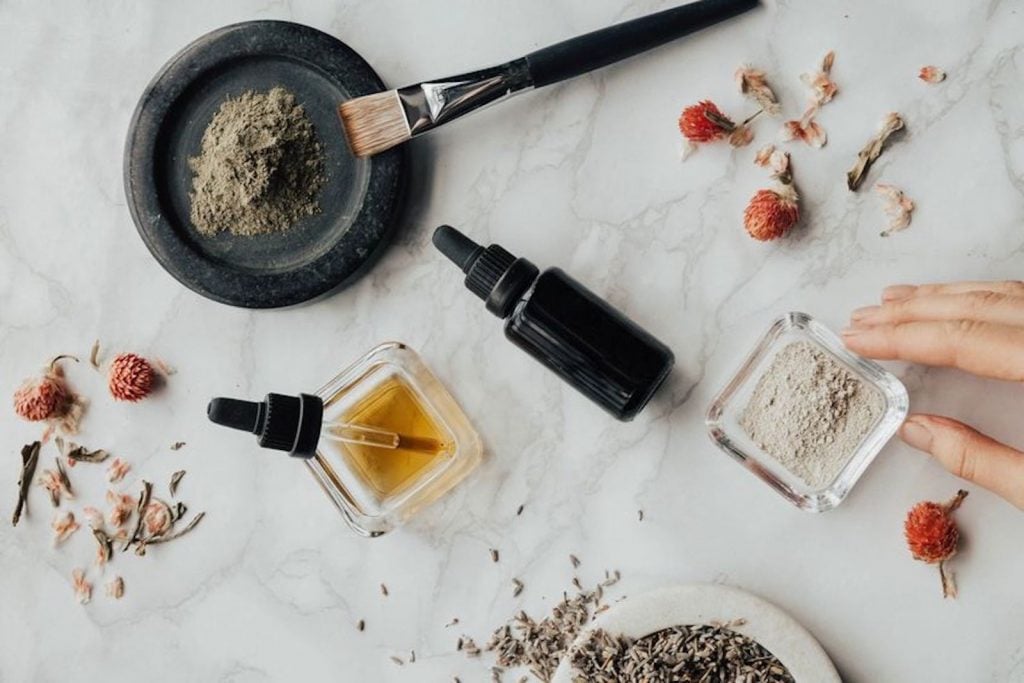
Mask Up
If you want to add an extra boost to your summer skin repair routine, face masks offer fast results. Charcoal masks, in particular, are great for an immediate pore cleanse. Dr. Rogers also likes a glycolic acid mask (between 8% and 20%), which gently removes dead skin cells to help with texture and dark spots. Use any face mask sparingly though—masking daily could soak up the skin’s helpful natural oils.
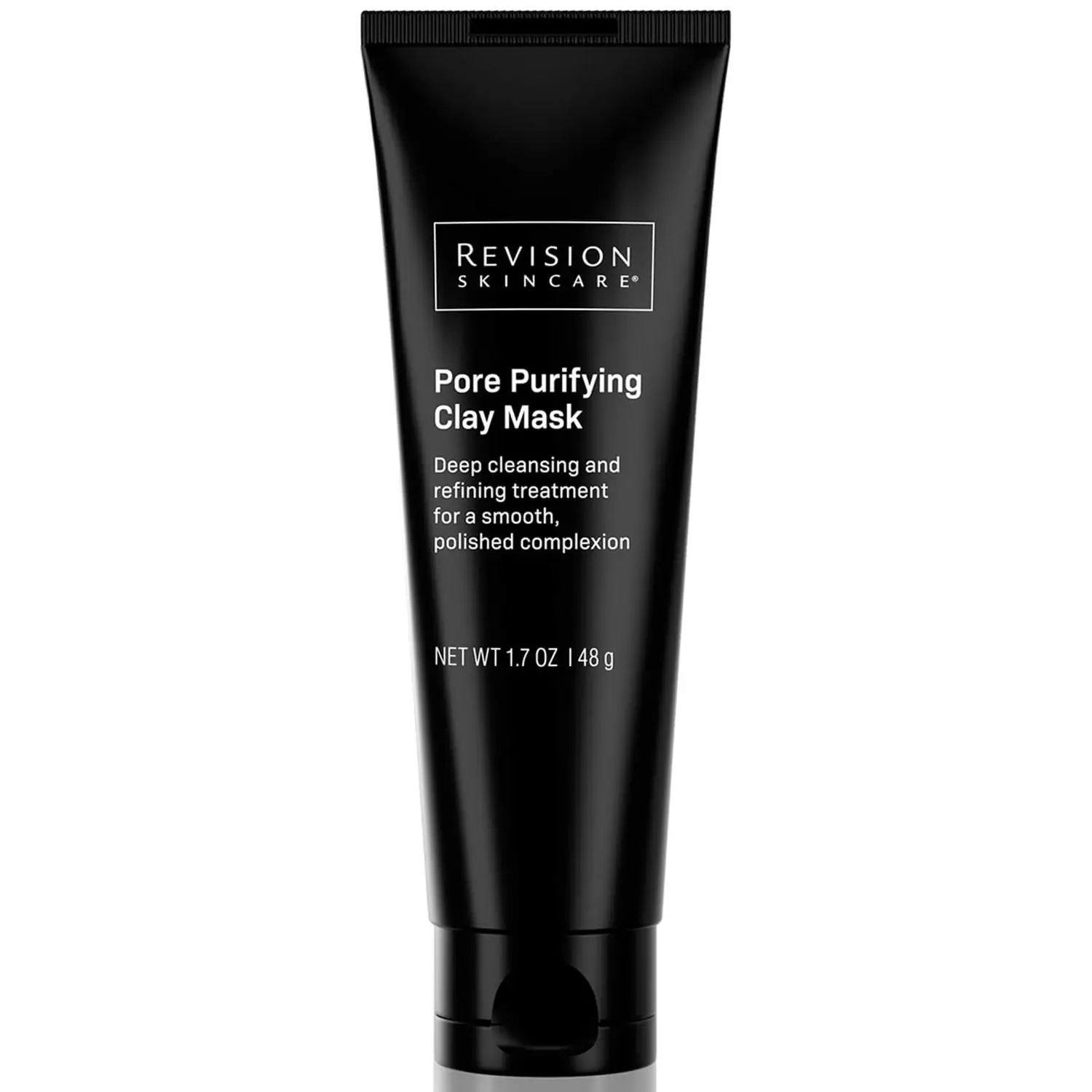
Revision Pore Purifying Clay Mask
“There have been so many great black charcoal masks in recent years. Revision has a great one. It binds the oil in your pores, pulls out that dead skin, and that oil making it appear less greasy with a smoother texture—it’s an immediate thing.” — Dr. Rogers
Drunk Elephant T.L.C. Sukari Babyfacial
“Drunk Elephant’s baby mask is going to make your skin feel smoother. Since it has glycolic acid, most of the studies recommend using it a couple of times a week, for at least two weeks, oftentimes four weeks.” — Dr. Rogers

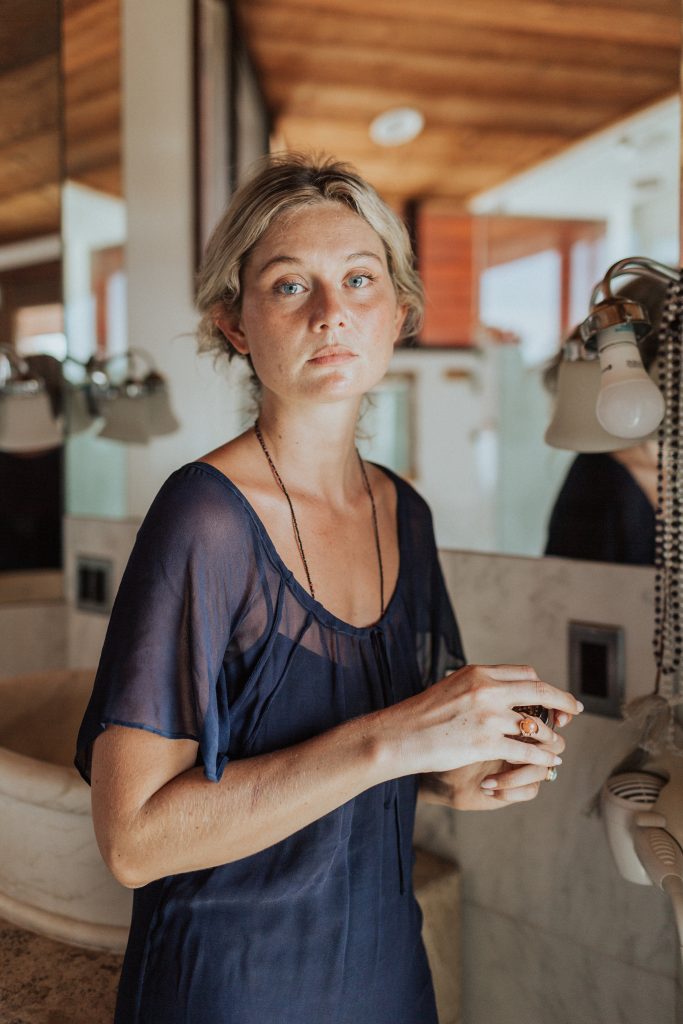
At-Home Tools to Treat Sun Damaged Skin
High-tech, at-home tools are becoming more and more popular, but which products actually work when it comes to sun damage? Facial rollers and gua sha will increase blood flow and offer some temporary benefits. Red light therapy devices, which can help promote collagen and reduce redness, are also everywhere right now (they’re particularly widespread in mask form on Instagram). The LED treatments do come with a bit of data that red light could help skin heal faster.
In addition to their muscle-toning powers, microcurrent devices like NuFACE or ZIIP also help promote blood flow and cell turnover. Another sexy new at-home device worth the splurge is Opte, which won an Allure Beauty Breakthrough Award in 2020.
Opte Precision Skincare System
“This exciting tool delivers a serum specifically to the dark spots on your face while also camouflaging the damage with minimal makeup.” — Dr. Geddes-Bruce
“This device will not only help you with drainage and shaping your face, but the increased blood flow could help with cell turnover which is great—that’s what we’re trying to do here.” — Dr. Rogers

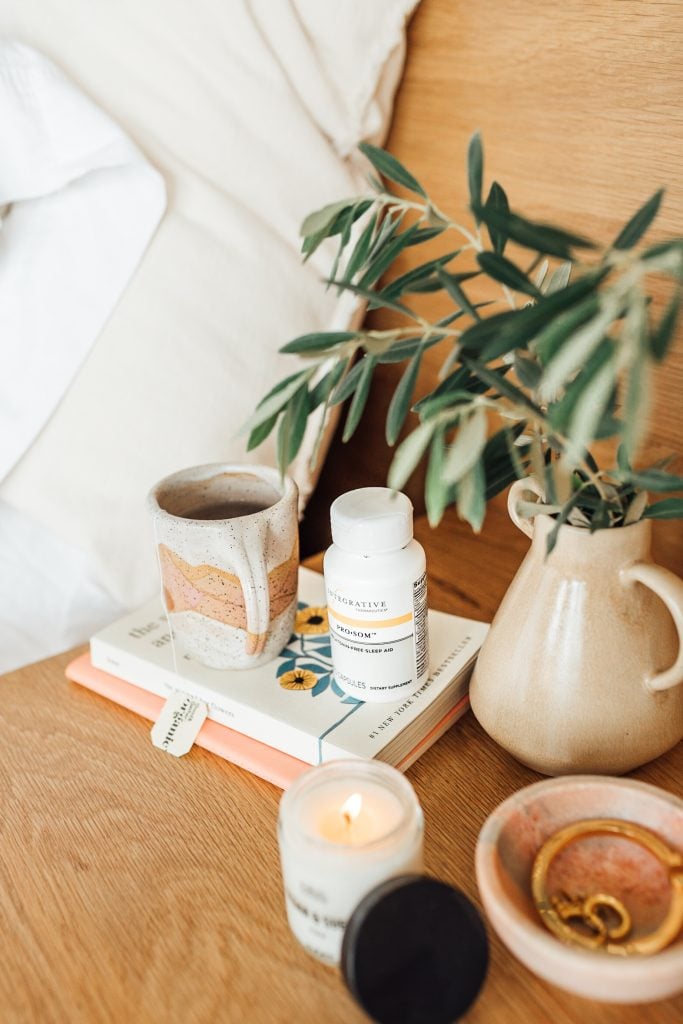
Ingestibles for Sun Damage Repair
There’s an understandable allure for ingestible beauty—the low-effort skincare supplements help you improve your complexion from the inside out.
From oral collagen to antioxidants, ingestibles may the closest thing we have to a magic beauty potion.
Supplements that include Polypodium leucotomos, a fern used to prevent sunburns, could help protect against UV rays (although they should never be used as a replacement for sunscreen).
“In addition to Polypodium leucotomos, Isdin’s capsules have a number of oral antioxidants like vitamin C and vitamin E. These have been shown to help with skin clarity and texture in addition to decreasing the amount of damage you get from the sun. I take it all summer long.” — Dr. Rogers
Dr. Rogers also recommends these antioxidant-packed gummies (including 240mg of Polypodium leucotomos), which could help protect skin from the aging effects of stress as well as sun damage.
In addition to Polypodium leucotomos, the capsules—also recommended by Dr. Rogers—include vitamin C, turmeric, and lutein, the last of which helps protect eye tissue from sunlight damage.
Dr. Rogers points to the affordable supplement as one of the first products using Polypodium leucotomos to hit the market.
Another great ingredient to look for in your ingestibles is astaxanthin which can help protect against UV rays. Dr. Geddes-Bruce advises the carotenoid supplement for certain cases of sun damage.

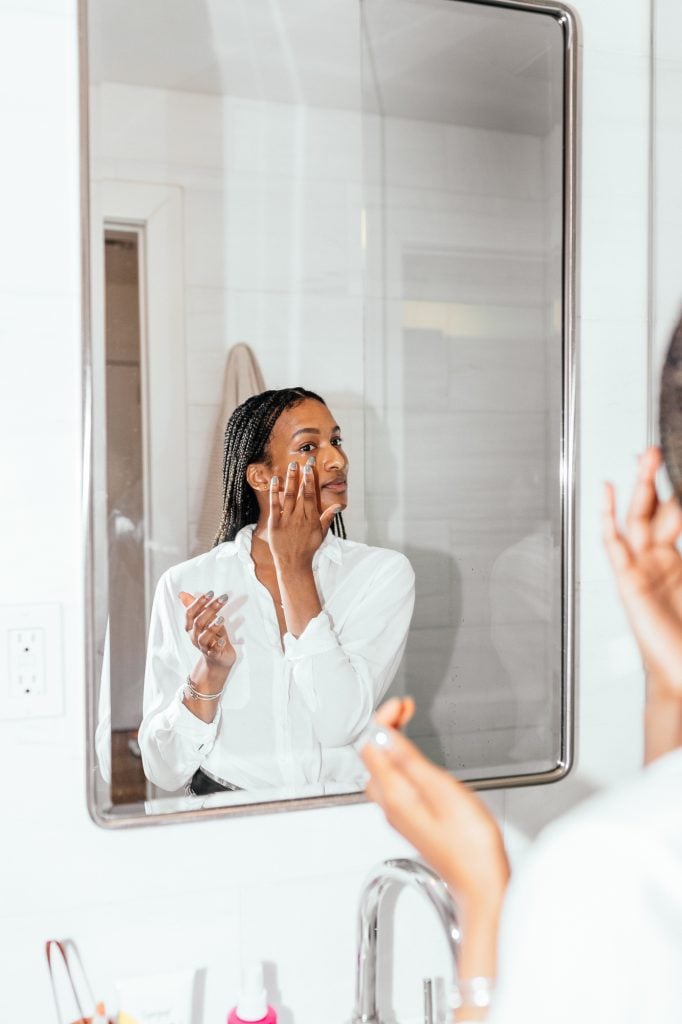
How to Treat Hyperpigmentation
Any type of skin discoloration falls under the hyperpigmentation umbrella. It’s highly common but it can be frustrating to treat. Most dermatologists suggest coming in for a customized at-home, in-office treatment, particularly since hyperpigmentation shows up differently for everyone (from age spots to melasma).
For over-the-counter treatments, however, Dr. Rogers does believe in hydroquinone. “There is a lot of debate about hydroquinone but I use it because it inhibits the formation of pigmentation,” she says. “It’s not something I want you to use all day, every day, but it’s available over the counter at 2% at the highest. At the end of summer, if a client has a lot of pigmentation, I will let them use hydroquinone for three months just to stop that process and lighten those areas.”

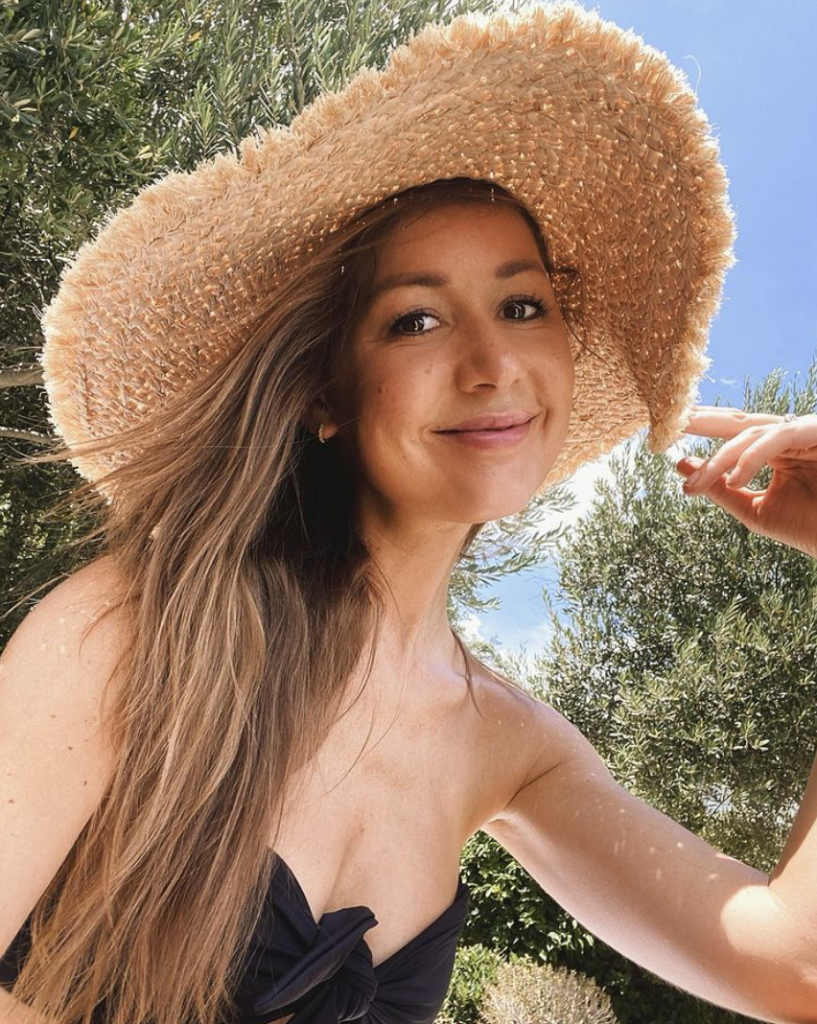
The Best Post-Summer Chemical Peels and Laser Treatments
While it’s best to avoid chemical peels and lasers in the summer, the treatments can do wonders for skin come fall. Post-summer chemical peels require a bit of customization to cater to your skin type and the amount of photodamage. Dr. Geddes-Bruce often recommends light chemical peels like a Jessner or a glycolic acid peel, while a TCA peel could help someone with severe photodamage.
Lasers, which are highly customizable, work well for all kinds of skin types. “Lasers can correct the skin by targeting deep sunspots, removing dead skin cells, or creating microscopic wounds in the skin, which gives a signal to the body to focus on healing the area, resulting in more refreshed, youthful skin,” explains Dr. Katz who uses Evoke (a quick treatment with no downtime), Morpheus8 (for those with extensive sun damage), and the SmartXide Dot Co2 Laser (good for targeting specific areas) at his New York City-based clinic.
Dr. Geddes-Bruce’s favorite laser for sun damage is Fraxel. “This laser has two wavelengths and is highly customizable to each individual to deal with the extent of their damage,” she notes. “There are a few pigmentary skin conditions (melasma, for example) that affect our choice, so it’s best to consult an expert like a board-certified dermatologist to see what’s right for you.”
Dr. Rogers recommends Clear & Brilliant (also known as “baby fraxel”) for a bit of glowy resurfacing with very little downtime. “It’s what I have brides and mothers of the brides do,” she reveals. “It gives you that beautiful skin texture so your skin is plump and smooth, making it easy to put makeup on, too. You’ll want to show it off.” Another popular laser she loves for sun damage is IPL (intense pulse light), also known as BBL Photofacial. This treatment is definitely advised for the cooler months.
In closing, the best time to book a post-summer treatment is when you know you’ll have significant downtime out of the sun. Most dermatologists typically begin seeing clients for peels and laser treatments in September.
At-Home Peels
For a bit of chemical power at home, exfoliating peeling pads can work wonders for cleaning up oily end-of-summer skin.
Skinbetter AlphaRet Exfoliating Peel Pads
These retinoid and AHA-packed pads are one of Dr. Geddes-Bruce’s favorites. The paraben-free products also feature glycolic and salicylic acids.
The Ordinary’s AHA 30% + BHA 2% Peeling Solution
This affordable Dr. Geddes-Bruce-approved peeling solution targets uneven skin tone and helps clear congested pores—it’s one of the best The Ordinary products.



